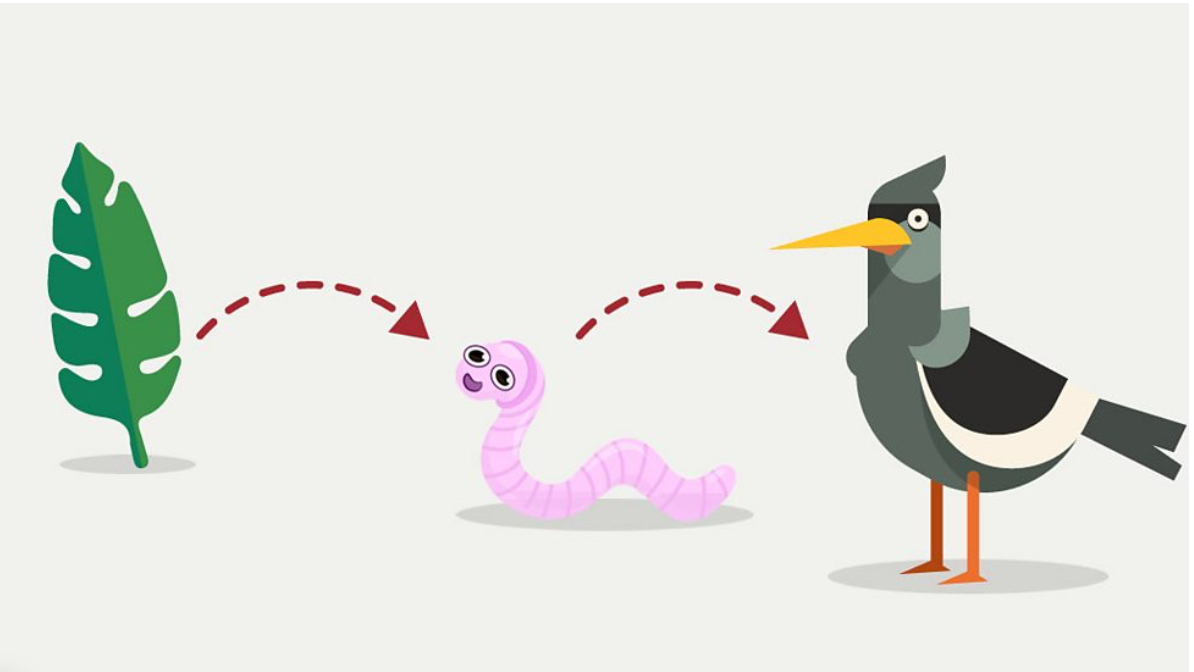Tuesday
To be able to measure length in centimetres.
Lets try the guided practice together.


Turn to page 119 and 120.


To sequence events in chronological order.
Over the last few weeks we have learned about the importance of ordering, using time conjunctions and using timelines for chronology in Maths, English, History and Geography.
We are going to work in teams to sequence events in chronological order for an unseen text. We will then use time conjunctions to join the idea so the text makes sense.
- Read the sentences carefully.
- Talk about what the entire text is about and discuss which order the sentences should be in.
- Order the sentences carefully.
- Read through the text to make sure it makes sense.
- Discuss which time conjunction should be used at the beginning of each sentence.
- Re-read the text to check it still makes sense.
Can you identify plants and animals within their habitat and how they depend on each other?
A food chain shows how plants and animals depend on each other as their source of food. For instance, a caterpillar eats plants, mice eat caterpillars and owls eat mice. There! A perfectly simple food chain.
This food chain shows
- a leaf
- eaten by a worm
- which is then eaten by a bird.
leaf → worm → bird
The arrow means 'is eaten by' and shows the movement of energy in the food chain.
The initial source of energy for all food chains is the sun.
Can you find different food chains in a woodland habitat?
First, find a producer – a plant that makes its own food from sunlight. Next, find a consumer that eats the producer. Then, find another consumer that eats meat.
Top tips:- A herbivore is an animal that only eats plants
- An omnivore eats plants and animals
- A carnivore only eats animals
- An insectivore eats some animals such as insects and worms









